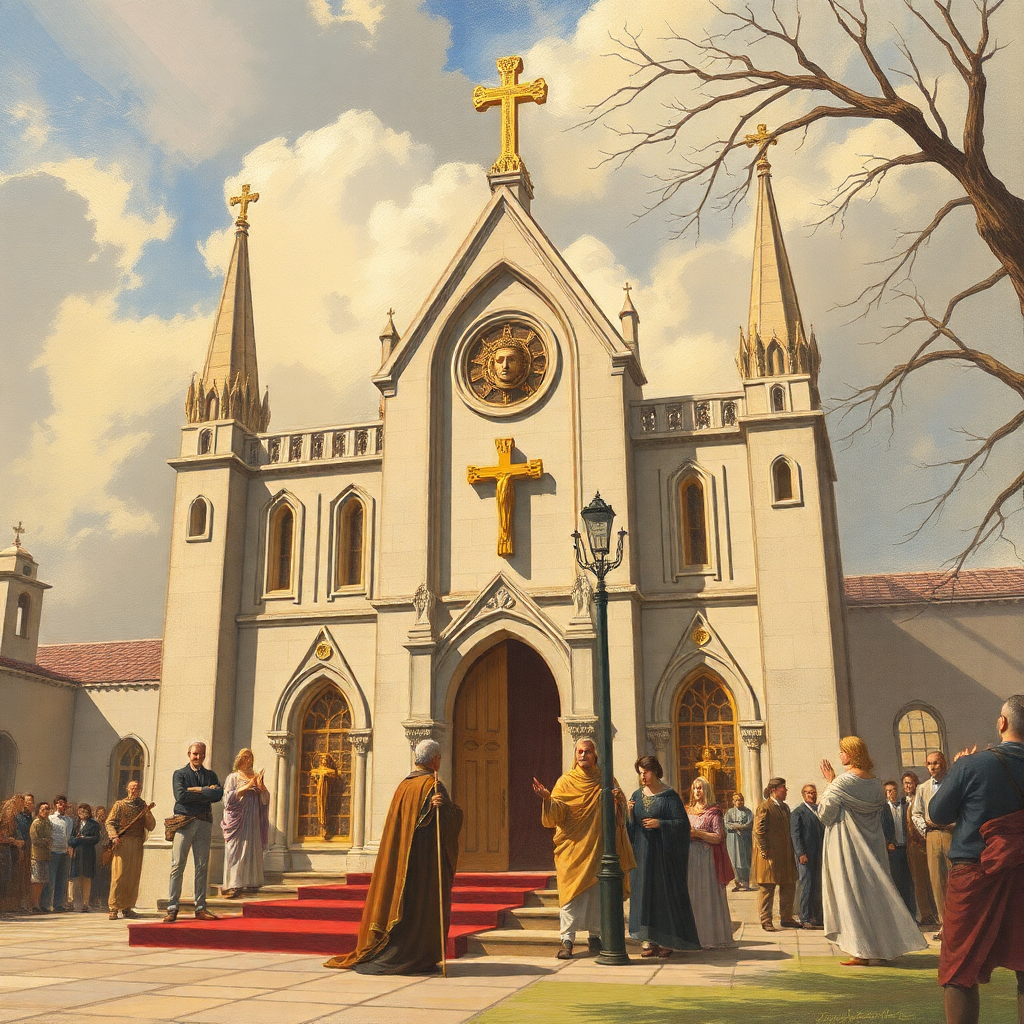How Many Dioceses Are in the USA?
The 196 diocese represent a dynamic ecclesiastical structure that continues evolving to meet the spiritual needs of American Catholics while maintaining the universal traditions and governance of the global Catholic Church.
The Catholic Church in the United States operates through a well-organized hierarchical structure that divides the country into distinct geographical regions called diocese. Understanding the number and organization of these diocese provides insight into how the Church serves its approximately 70 million Catholic faithful across America.
The Current Number of Diocese
The United States currently has 196 diocese, which includes both archdioceses and regular diocese. This number encompasses 32 archdioceses, which serve as the primary administrative centers for larger ecclesiastical provinces, and 164 diocese that fall under their jurisdiction. Each diocese is led by a bishop, while archdioceses are governed by archbishops who hold additional responsibilities for coordinating with the diocese in their ecclesiastical province.
These diocese are spread across all 50 states, the District of Columbia, and U.S. territories including Puerto Rico, the Virgin Islands, and military installations worldwide through the Archdiocese for the Military Services. The geographical boundaries of diocese typically follow state and county lines, though some diocese span multiple states while others are confined to specific regions within a single state.

Historical Development
The number of diocese in the United States has grown significantly since the establishment of the first American diocese in Baltimore in 1789. As Catholic populations expanded westward and immigration brought waves of Catholic settlers from Europe and Latin America, the Church responded by creating new diocese to serve growing communities. The 20th century saw particularly rapid expansion, with many diocese established to accommodate post-World War II suburban growth and demographic shifts.
The creation of new diocese involves careful consideration of factors including Catholic population density, geographical accessibility, and the ability to support necessary church infrastructure. The Vatican, through the Congregation for Bishops, ultimately approves all new diocese following extensive consultation with American bishops and thorough demographic analysis.
Regional Distribution and Characteristics
Diocese vary dramatically in size, population, and characteristics across different regions of the United States. Some diocese in densely populated urban areas like New York or Los Angeles serve hundreds of thousands of Catholics within relatively small geographical boundaries. Conversely, diocese in sparsely populated western states may cover vast territories spanning multiple time zones while serving smaller Catholic populations.
The northeastern United States tends to have smaller, more densely packed diocese reflecting historical settlement patterns and higher Catholic populations. Western diocese often encompass larger geographical areas due to lower population density and the challenges of serving scattered rural communities across mountain ranges and desert regions.
Modern Challenges and Adaptations
Contemporary American diocese face numerous challenges including declining priest numbers, changing demographics, and the need to consolidate parishes in areas experiencing population decline. Some diocese have undergone boundary adjustments or mergers to better serve their communities, though such changes require Vatican approval and extensive planning.
The 196 diocese represent a dynamic ecclesiastical structure that continues evolving to meet the spiritual needs of American Catholics while maintaining the universal traditions and governance of the global Catholic Church.